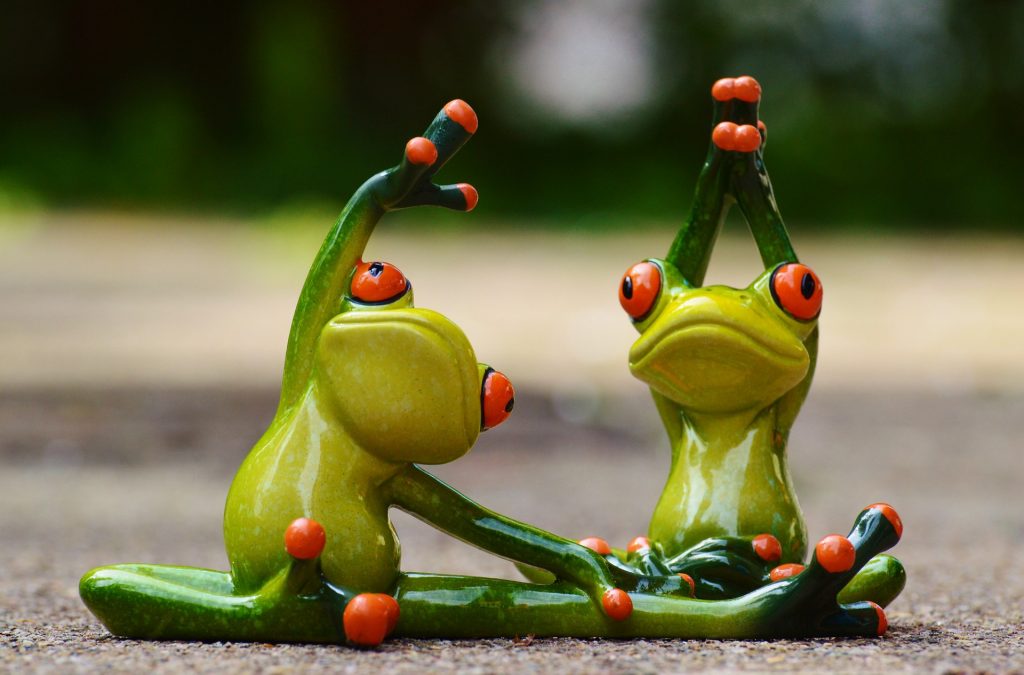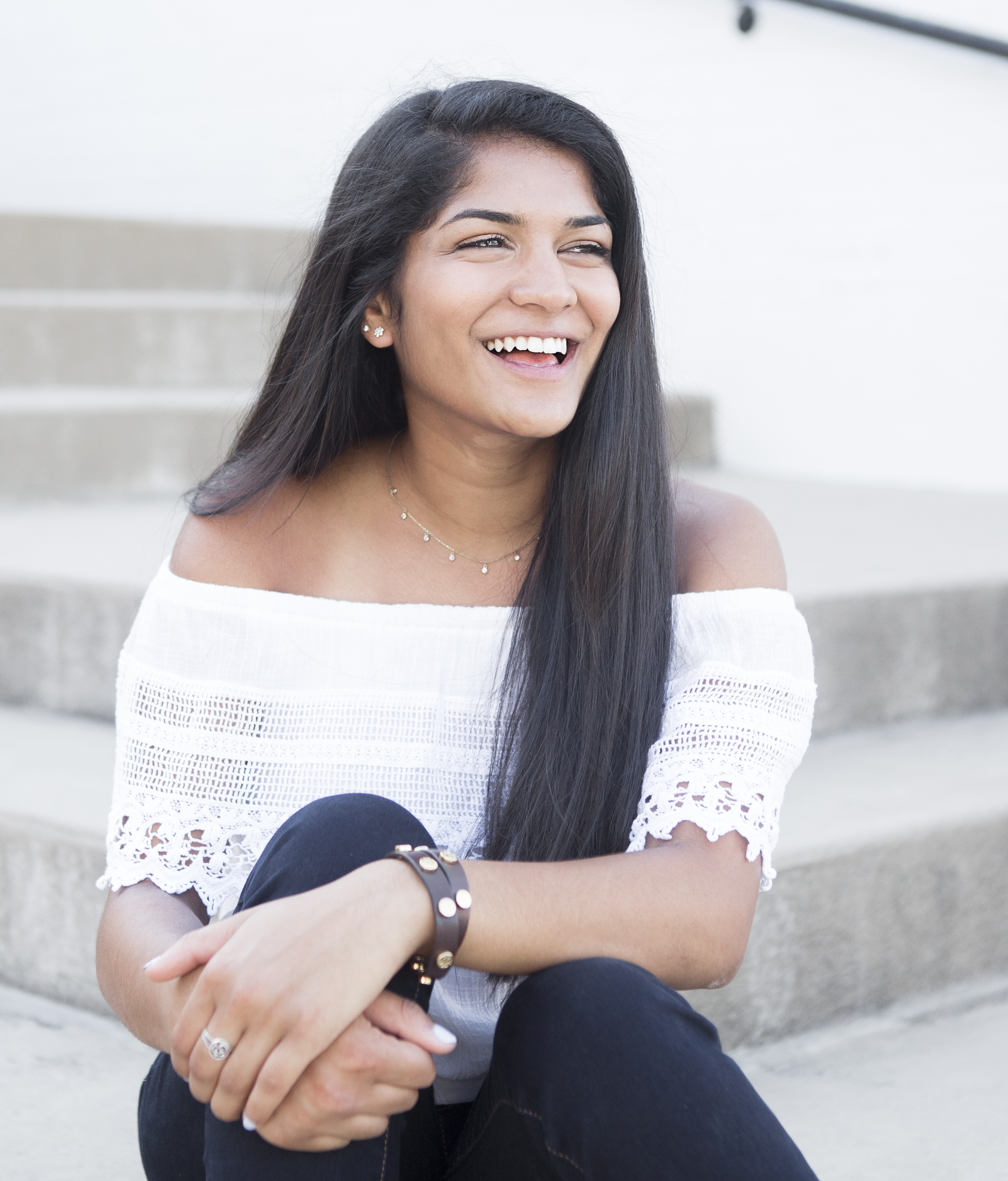
by Anagha Kikkeri – Follow @anaghakikkeri
With all this ‘get ready for your spring break bod’ stuff going on, I wanted to throw in my own fitness challenge. But this one is different because this one is doable for us normal people to accomplish.
We all have pretty crazy lives, but I wanted to make something that people can do to make their workouts a little bit better. Along with the body-positive movement, I wanted to emphasize how important it is to love yourself in the skin that you are in right now.
Working out and eating right isn’t just about trying to slim down or look a certain way. It’s about changing your lifestyle in a way that makes you a mentally and physically stronger person. It’s all about confidence and letting your inner beauty take over. I have compiled a week-long fitness activity with delicious food tips to get healthy. None of these require a gym and can be done at home or in a nearby park. Don’t forget to stretch before and after your workouts!
Sunday: Sunday is not the day to push yourself to the point of exhaustion, but it is important to get your blood flowing and muscles moving. Today is the kickstart to your entire week.
- Workout: Walk 10 minutes, run 5 minutes, walk 10 minutes.
- Food: Eat as your normally would today, but eat one cup of fruit before every meal.
Monday: Now you’re back in the work week, so time to get serious with your workout. Everyone always tries to skip Monday workouts on account of being tired, but that is exactly why you should push yourself to workout even more.
- Workout: 45 jumping jacks, 2-minute break, 15 crunches, 25-second plank. Repeat 2 or 3 times.
- Food: For lunch, replace your meal with a large salad – add many veggies.
Tuesday: Your body should be a little more used to the minor adjustments you have made thus far. The key is to push yourself a little more each time.
- Workout: Walk 5 minutes, run 10 minutes, walk 10 minutes.
- Food: For breakfast, start the day off with loose granola in a bowl, cut up bananas and blueberries, and drizzle it with honey. Not only is this mix filling, but is also a delicious way to start the day and one of my favorite foods to eat.
Wednesday: It’s the middle of the week and you’ve been on that healthy grind, so you should be somewhat glowing. Today is the day to have a really fun workout.
- Workout: Play a game of basketball, soccer, or another sport for an hour. Pick the sport or activity you’ll have the best sweat-session and most fun doing.
- Food: After your workout, you’ll likely be hungry, so I recommend that you eat a wrap for dinner. It’ll be a delicious and healthy way to fill your stomach, and it’s easy to buy or make! Use a wheat or spinach tortilla.
Thursday: Nearing the end of the week, yay! But today, it is time to get back to the grind.
- Workout: 15 burpees, 1-minute break, 30 crunches, 15 push ups, 40 jumping jacks. Repeat 2 or 3 times.
- Food: For a snack, get creative and make a smoothie of your choice with your favorite ingredients.
Friday: Almost near the end of this workout plan, but also the beginning of the weekend! I recommend that you do this workout in the morning before you start your day because there is a chance that you will not want to workout on a Friday evening.
- Workout: Walk 3 minutes, run 10 minutes, walk 3 minutes, run 5 minutes.
- Food: Try to prep all your meals in advance so you know that what you are eating is healthy and that you’re going to eat right.
Saturday: The last day, but not the least! This will end with a bang!
- Workout: 10 pushups, 15 crunches, and 20 jumping air squats. Repeat 5 or 6 times.
- Food: Today, try to eat super clean. Hit up your local farmer’s market and find fresh produce to use. Snacks today should include vegetables like carrots and corn.
Let us know in the comments how your week-long workout went – what went well, what didn’t, and if you have any suggestions!
 Anagha Kikkeri is a seventeen-year-old girl from Dallas, Texas. She is a political activist, focusing primarily on righting abuses of equality and human rights. On her own time, she enjoys playing the piano, volunteering, and spending time with her family.
Anagha Kikkeri is a seventeen-year-old girl from Dallas, Texas. She is a political activist, focusing primarily on righting abuses of equality and human rights. On her own time, she enjoys playing the piano, volunteering, and spending time with her family.




